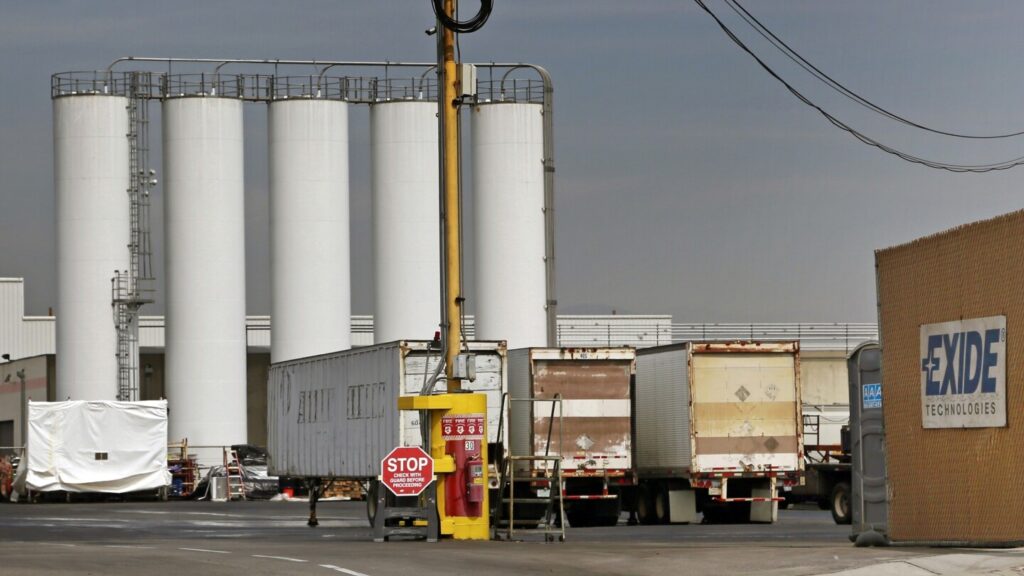In southeast Los Angeles, the Exide Technologies battery smelter plant has left a legacy of pollution, contaminating thousands of properties with lead and trichloroethylene (TCE), a cancer-causing chemical. Despite California investing over $770 million in cleanup efforts following Exide’s bankruptcy, the future of these initiatives is uncertain, especially with concerns arising over the impact of the Trump administration’s return to power.
Calls have been made by residents, environmental advocates, and lawmakers to designate Exide as a Superfund site, which would unlock federal resources for comprehensive and long-term cleanup. The Superfund program, established over four decades ago, aims to clean the nation’s most contaminated sites to safeguard the environment and public health, particularly in marginalized communities.
However, experts caution that changes in administration can significantly influence the program’s operations, funding, and oversight. Trump’s previous term saw a growing backlog of toxic Superfund cleanups, despite claims of prioritizing the program. Concerns persist that potential EPA budget cuts and reduced staff numbers could hinder cleanup efforts, particularly in states lacking the resources to address hazardous sites independently.
As the Biden-Harris administration reinstated “polluters pay” taxes to fund Superfund cleanups, fears loom that these funding sources could be at risk of repeal. Additionally, environmental deregulation under Trump’s leadership may weaken the support framework for Superfund cleanups. Stakeholders involved in cleanup projects are already feeling the impacts of delays and uncertainties, emphasizing the importance of continued federal support for remediation efforts to ensure a healthier environment for all.

